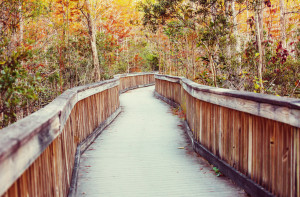 The Everglades is a really fun and interesting, but if you want to do more than just explore the Park on your own there’s plenty of fun tours and activities happening regularly in the Park. Summer is approaching so the activities in Park have ended for the season, but if you want to venture into the Park during the summer months, there is still plenty for you to do. Below, we wanted to share with you some activities in the Everglades:
The Everglades is a really fun and interesting, but if you want to do more than just explore the Park on your own there’s plenty of fun tours and activities happening regularly in the Park. Summer is approaching so the activities in Park have ended for the season, but if you want to venture into the Park during the summer months, there is still plenty for you to do. Below, we wanted to share with you some activities in the Everglades:
- Anhinga Amble – This is a 50-minute stroll on the Anhinga Trail where you will get a chance to see alligators, wading birds, and other wildlife. The stroll is every day from 10:30 to 11:30 a.m. and starts at Royal Palm. It is free with Park entrance.
- Glades Glimpse – Listen to a ranger talk about many different topics within the Everglades. Topics vary daily. This talk occurs every day from 1:30 to 2 p.m. and starts at Royal Palm. It is free with Park entrance.
- Captain Mitch’s Airboat Tours – Take in all the sights and sounds of the Everglades as you zip through the water. Captain Mitch and his team have been navigating these waters for decades. Your time at Captain Mitch’s will be one of the greatest memories of the Florida Everglades ecosystem and swamplands, whether you are visiting or a year-round resident. It’s a unique way to explore!
- Camping – Camping during the wet season (June through November) can be difficult and uncomfortable due to heat and rain. Campers must bring their own equipment.
- Biking, canoeing, and kayaking can be done year-round. Remember to read signs so you know where you’re allowed to take your boat/bike.
If you’re tired of walking and want a chance to see more of the Everglades, an airboat tour is ideal! A tour with Captain Mitch’s Airboat Tours give you a glimpse of the Everglades like no other. Captain Mitch has been navigating the Everglades for decades! To book an airboat ride, click Everglades airboat rides page or call 800-368-0065.
.
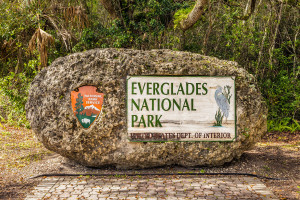 The South Florida/Caribbean Network (SFCN) is a monitoring network across the National Park Service; its one of 32, actually. These networks have an inventory and monitoring program. Through this gathering of inventory and monitoring, the SFCN gives park rangers a better way to manage park resources. There are seven parks in the SFCN network including:
The South Florida/Caribbean Network (SFCN) is a monitoring network across the National Park Service; its one of 32, actually. These networks have an inventory and monitoring program. Through this gathering of inventory and monitoring, the SFCN gives park rangers a better way to manage park resources. There are seven parks in the SFCN network including: 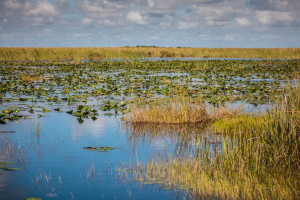 For unfortunate reasons, we heard this name mentioned in the news back in February, but the Parkland high school and parts of the Everglades were named after the American journalist, conversationalist and women’s suffrage advocate.
For unfortunate reasons, we heard this name mentioned in the news back in February, but the Parkland high school and parts of the Everglades were named after the American journalist, conversationalist and women’s suffrage advocate. 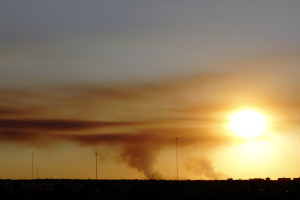 It’s dry season in Florida and the Everglades, which means fires (unfortunately) pop up across the state. Last year was a particularly bad year for fires. In just the beginning of May alone last year, there was 125 active fires across the state burning 31,000 acres. Although these fires are harmful to wildlife, plant life and humans, there actually beneficial (in moderation) to the ecosystem.
It’s dry season in Florida and the Everglades, which means fires (unfortunately) pop up across the state. Last year was a particularly bad year for fires. In just the beginning of May alone last year, there was 125 active fires across the state burning 31,000 acres. Although these fires are harmful to wildlife, plant life and humans, there actually beneficial (in moderation) to the ecosystem. 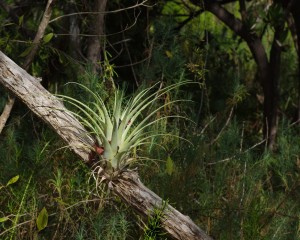 What is a bromeliad? A bromeliad is an air plant that can be found within the Everglades. Many are native to Florida. All of these bromeliads belong to the pineapple family.
What is a bromeliad? A bromeliad is an air plant that can be found within the Everglades. Many are native to Florida. All of these bromeliads belong to the pineapple family. 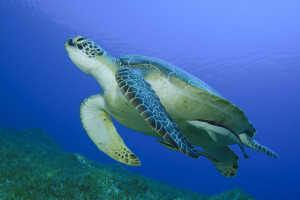 When you think of Florida, what comes to mind? Sunshine? Beaches? Oranges? You wouldn’t be wrong. However, there’s something else that’s known to be a symbol of this state: the sea turtle. Sea turtles can be found in the Everglades, Florida Bay and the Gulf of Mexico. Five species of the sea turtle are found in the southern Florida waters: loggerhead (Caretta caretta), green turtle (Chelonia mydas), leatherback (Dermochelys coriacea), Kemp’s ridley (Lepidochelys kempi), and hawksbill (Eretmochelys imbricata). Unfortunately in present day, all five of these species are either threatened or endangered.
When you think of Florida, what comes to mind? Sunshine? Beaches? Oranges? You wouldn’t be wrong. However, there’s something else that’s known to be a symbol of this state: the sea turtle. Sea turtles can be found in the Everglades, Florida Bay and the Gulf of Mexico. Five species of the sea turtle are found in the southern Florida waters: loggerhead (Caretta caretta), green turtle (Chelonia mydas), leatherback (Dermochelys coriacea), Kemp’s ridley (Lepidochelys kempi), and hawksbill (Eretmochelys imbricata). Unfortunately in present day, all five of these species are either threatened or endangered.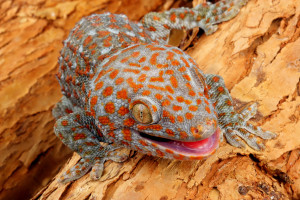 The Everglades has more than 50 distinct kinds of reptiles in the Park – they happen to be the Park’s most well-known and fascinating inhabitants. Unfortunately, some of these reptiles are invited guests who decided to make the Everglades their home. Many reptilian species are invasive. For this article, we wanted to spotlight one such invasive reptile: the Tokay Gecko.
The Everglades has more than 50 distinct kinds of reptiles in the Park – they happen to be the Park’s most well-known and fascinating inhabitants. Unfortunately, some of these reptiles are invited guests who decided to make the Everglades their home. Many reptilian species are invasive. For this article, we wanted to spotlight one such invasive reptile: the Tokay Gecko.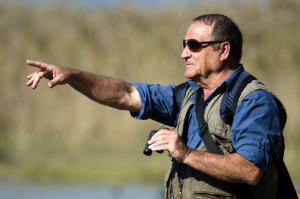 When you think of a pigeon, you probably think of park benches and cities, but pigeons can be found in rural areas, as well. In fact, the white-crowned pigeon nests nowhere else in the United States except for south Florida.
When you think of a pigeon, you probably think of park benches and cities, but pigeons can be found in rural areas, as well. In fact, the white-crowned pigeon nests nowhere else in the United States except for south Florida.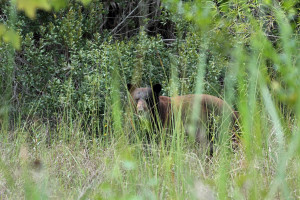 Outside of Florida, people are often surprised to hear that bears are wandering the streets in this state, but they are! This state is full of many different species. In fact, earlier this year a bear bit a man in the face in a neighborhood in Naples, Florida, which is not to far away from the Everglades. Black bears are the kind people will spot in the Everglades and south Florida. While in the Everglades, there is a chance you will catch a site of a bear; they can be spotted in forested sloughs and oak scrub.
Outside of Florida, people are often surprised to hear that bears are wandering the streets in this state, but they are! This state is full of many different species. In fact, earlier this year a bear bit a man in the face in a neighborhood in Naples, Florida, which is not to far away from the Everglades. Black bears are the kind people will spot in the Everglades and south Florida. While in the Everglades, there is a chance you will catch a site of a bear; they can be spotted in forested sloughs and oak scrub.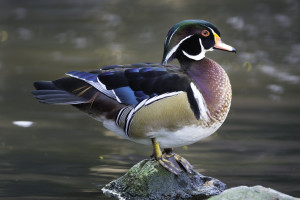 There are numerous species of birds that can be found in the Everglades. At times in the winter, the sight of these birds can look like a scene out of the famous film, “The Birds.” Why? Well, birds migrate down to the Everglades for the winter so hundreds of birds are flying and gathering in the area. For this article, we wanted to focus on one bird so calls the Everglades its home: the wood duck.
There are numerous species of birds that can be found in the Everglades. At times in the winter, the sight of these birds can look like a scene out of the famous film, “The Birds.” Why? Well, birds migrate down to the Everglades for the winter so hundreds of birds are flying and gathering in the area. For this article, we wanted to focus on one bird so calls the Everglades its home: the wood duck.





